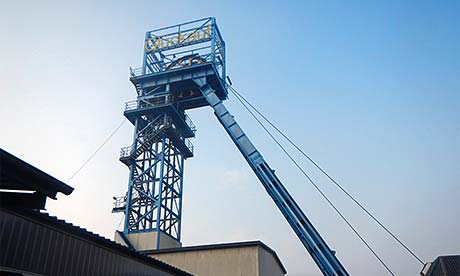AMoKI
Autonomous excavation monitoring for sustainable land management
Motivation
The methods currently used in many federal states to record excavation areas and statistics do not meet the requirements of a modern decision-making basis for sustainable land management. They have weaknesses such as a lack of transparency, traceability and a high potential for digitalisation. To guarantee a sustainable, secure, and domestic supply of raw materials in the future, integrated land management is required that takes sufficient account of securing raw materials. Sustainable land management and sustainable securing of raw materials must go hand in hand to proactively address land use conflicts and ensure the domestic extraction of systemically relevant infrastructure raw materials. This requires a standardised, transparent, and reliable basis for decision-making that enables regional quantitative statements about the supply range of individual planning districts to be made.
Approach
The aim of the project is to research and develop an AI-based monitoring system that automatically recognises and determines excavated volumes based on highly up-to-date satellite data. The implementation of an effective monitoring system first requires the identification and selection of the most suitable satellite data. The selection process is guided by several key factors, such as resolution, coverage, accessibility and cost. This is to ensure that the selected data meets the project requirements. Based on the identified and selected satellite data, robust methods and algorithms will be developed to allow automated identification and precise volume calculations of excavations. Following the implementation of the methods and algorithms, the machine learning (ML) results will be validated by comparing them with data already in operation from the Geological Survey of North Rhine-Westphalia (GD NRW) as well as with high-resolution drone data. The final step involves the design of a prototype for visualising the results, which integrates all components of the monitoring system and provides a comprehensive and user-friendly interface that enables users to analyse and interact with the data effectively.
Project objectives and questions
- Identification of relevant satellite data in terms of resolution, temporary coverage, recording angle, access and costs for the operation of autonomous excavation monitoring.
- Research into autonomous area recording and allocation (active excavation, backfilling, recultivation, stockpiles). Calculation of individual operations‘ excavation, overburden, and backfill volumes.
- Validation of the ML model with results of the excavation monitoring of the geological service NRW (GD NRW) that has been in operation and results of photogrammetric drone surveys to demonstrate its transferability to operations in other federal states (not NRW).
- Development of a demonstrator for the practical application of the project results
Work packages
- WP1 – Identification and analysis of relevant data sources for integration into the ML model
- WP2 – Annotation of earth observation data, development of the ML model and database of locations
- WP3 – Adaptation and evaluation of the ML models for HiRes data sources and HQ volume profiles
- WP4 – GIS integration and user interface
- WP5 – Project coordination, project management, reporting








